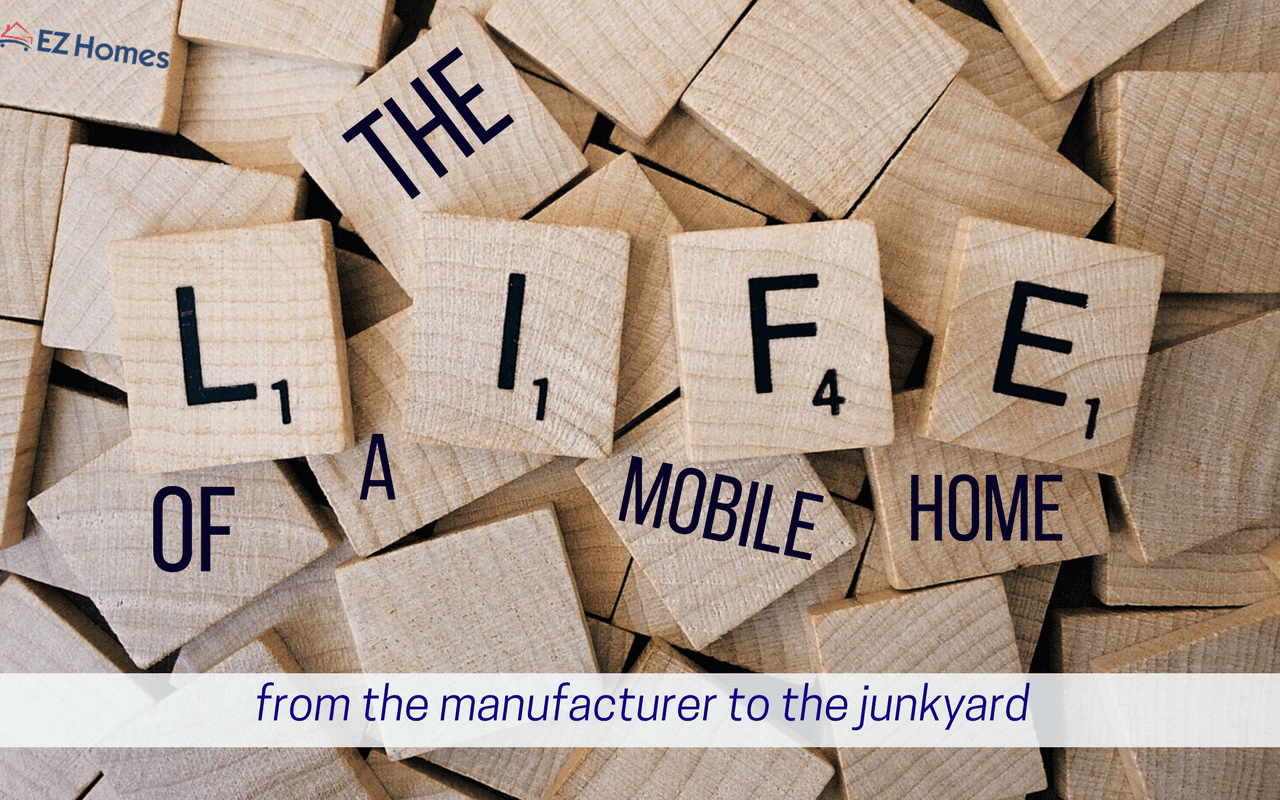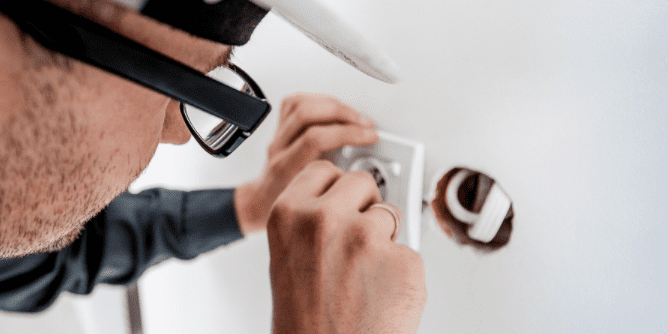Here we take a moment to examine the fascinating story of the life of a mobile home, from its inception as a design to its end in a junkyard. A mobile home’s life is well-spent, providing families, couples, and individuals from all walks of life with a place to call home.

The mobile home design
First of all, the prospective mobile home owner selects an already designed floor plan (with some customization options). Or they may choose to completely customize their home by coming up with their own floor plan.
Many mobile manufacturers are ready to help you whatever route you choose to take. If you opt to design your own floor plan, the manufacturer will assist you in ensuring the design is compliant with HUD code.
The mobile home standard
Importantly, the HUD code is a standard instituted in 1976. It gives mobile home manufacturers a set of requirements to meet in the construction process. As a result, the consumer receives a quality home.
The selection and quality of materials employed
Upon solidifying the floor plan, the manufacturer will order the required materials. These will vary depending on energy efficiency, HUD code, customer’s special requests, and companies the manufacturer prefers to do business with.

The mobile home construction process
Next up is the construction process. A big difference between a manufactured home and a stick-built home is the fact that a mobile home is built indoors. Yes, that’s right. In the factory, workers specializing in each department complete the mobile home construction process.
Throughout its construction, the mobile home will undergo inspections at various points. At the end, it will face one final inspection. This is where everything, including utilities, is tested and confirmed to meet the HUD code.
The installation process
Once a mobile home is ready and complete, the next step is to have it moved from the factory to a mobile home park or to private land.
Either the manufacturer will provide or they’ll connect you to professionals for a proper mobile home installation. An unlevel home can wreak havoc on the longevity of your investment.
There are a variety of options you may consider for your mobile home’s foundation, ranging from permanent to temporary. Additionally, if you purchased a double wide or triple wide, professionals will seamlessly connect the different parts of your home.
The mobile home put to use
In a very general categorization, there are three types of people who live in a mobile home. This includes original homeowners, renters, or used home buyers.
Buying or renting a mobile home comes with different pros and cons. If you buy a used mobile home, be prepared to give it a little extra love to get it just the way you want. Fixing up a used mobile home can be a rewarding adventure. The internet is a great venue to find these homes in a variety of conditions.
If you decide to purchase a flipped mobile home, use extra care and hire an inspector to look at the prospective home first.
The maintenance a mobile home may face
As with anything else in life, a mobile home will age. Consequently, there will be some wear and tear after a time of serving you well.
Warranty
Should your home face a defect prematurely, check if the warranty will cover it. It’s good to know the extent and the expiration of any warranties that come with your mobile home and appliances.
Repaired or remodeled
If your warranty will cover the needed repair, then you’re good to go so long as you follow the manufacturer’s instructions.
However, after a time, you’ll have to start handling repairs yourself. We suggest contacting a professional contractor. They will ensure your home meets the right standards for any repairs that may fall under your state’s jurisdiction.

When it comes to any remodels or repairs, contact your state’s manufactured housing division for any permits, rules, and guidance they may offer.
To be sure, most homeowners will want to spruce up their home at various points throughout the mobile home’s life. There are ways to make your mobile home look more like houses.
Homeowners will often draw inspiration from other homes to get the remodel creative juices flowing. And the best thing of all, with a little extra know-how, you can tackle many remodels on your own.
All good things come to an end
After all, a mobile home doesn’t last forever. When the time comes for a mobile home to resign itself to its end, you have a few options at your disposal.
Some mobile homes are donated to places such as fire departments to be used in exercise drills, while others are sold for scrap. Demolition or deconstruction are other ways to dispose of your mobile home safely and legally.
From beginning to end
There you have it – the life of a mobile home. Now that you know about a mobile home’s life, how about we take a moment to look at the proper terminology. When should we use the term “mobile home” or “manufactured home”? Have you ever thought about that?


